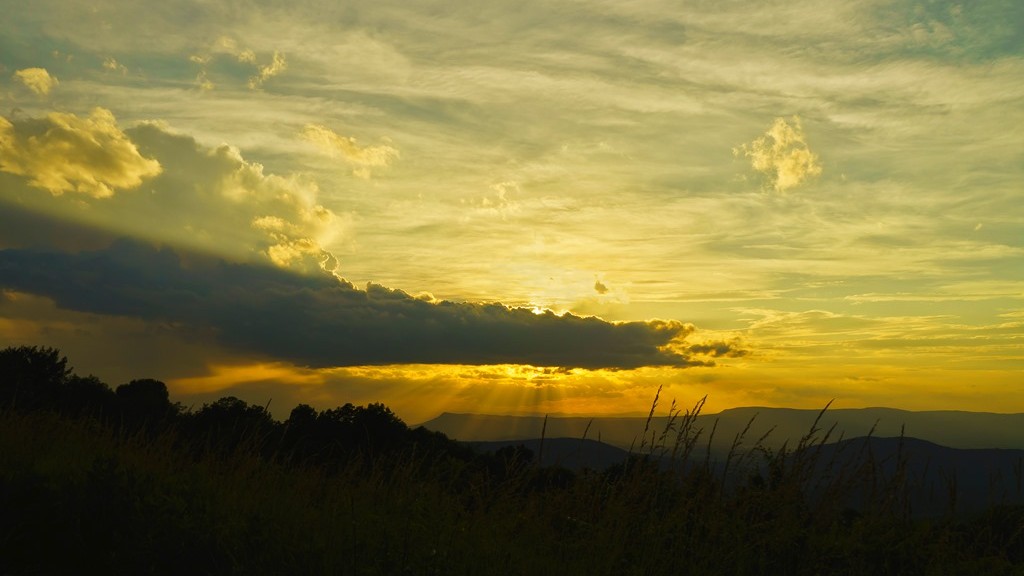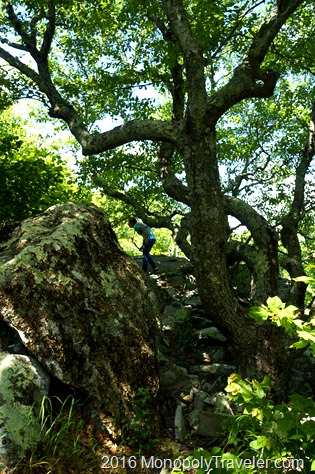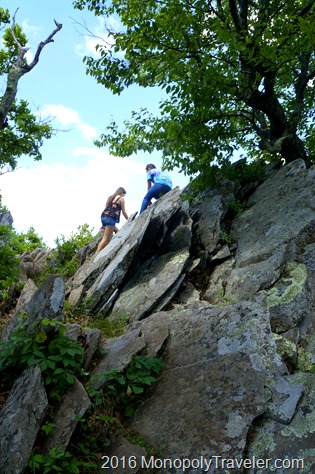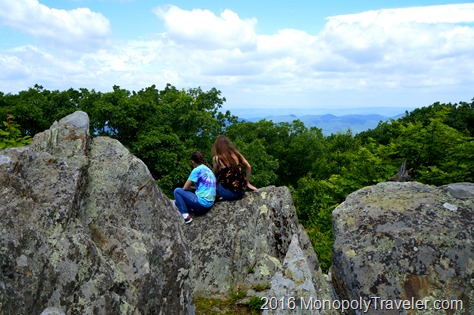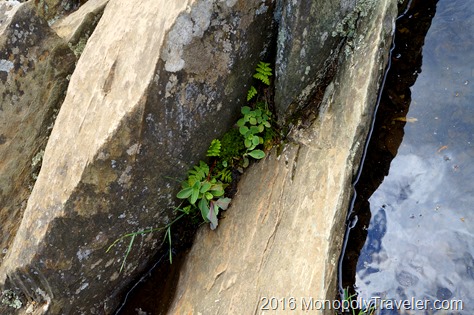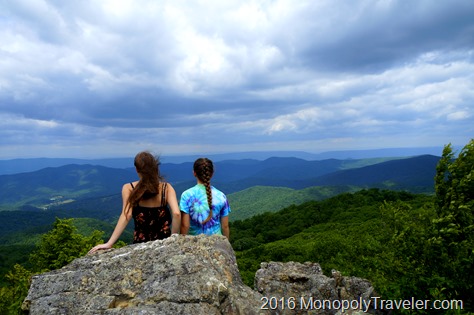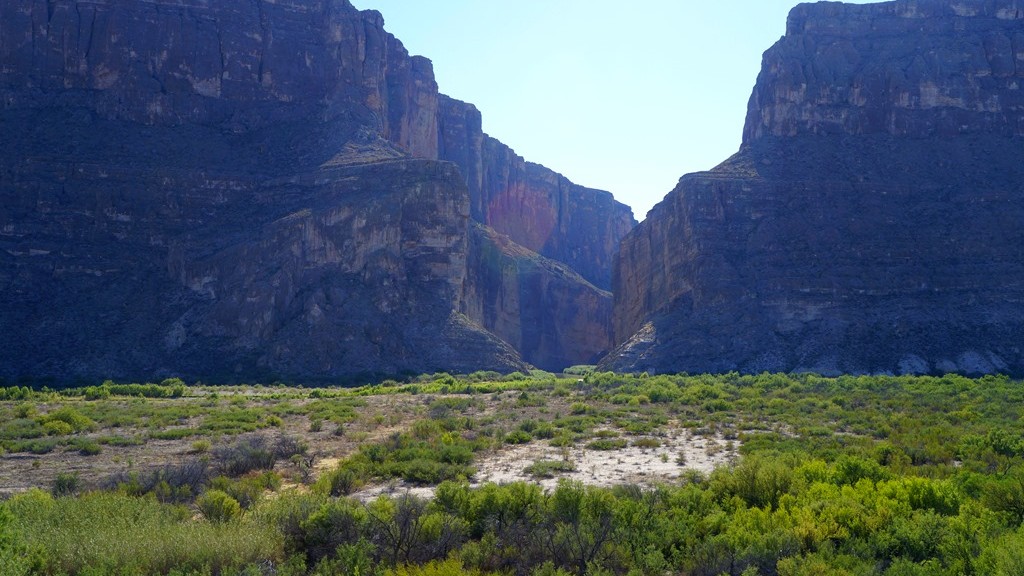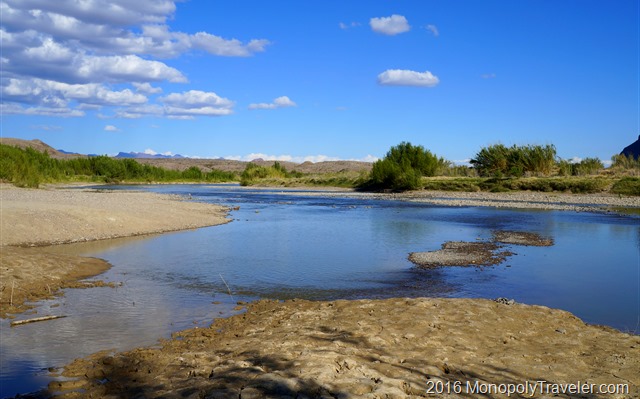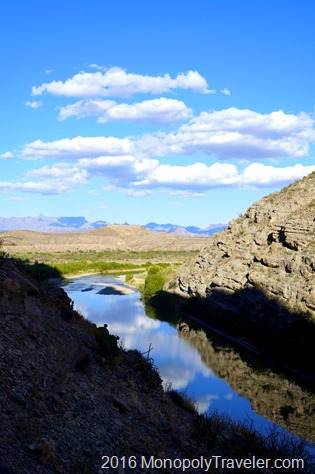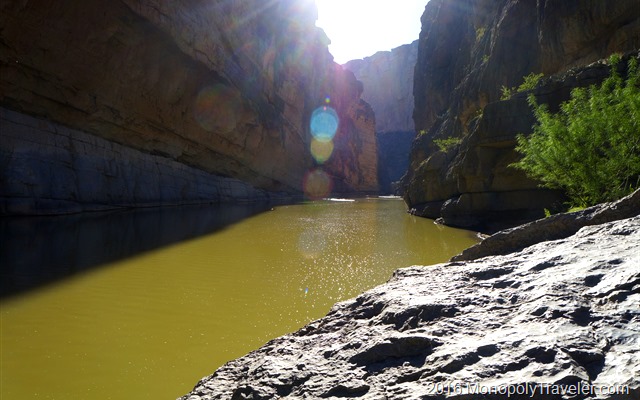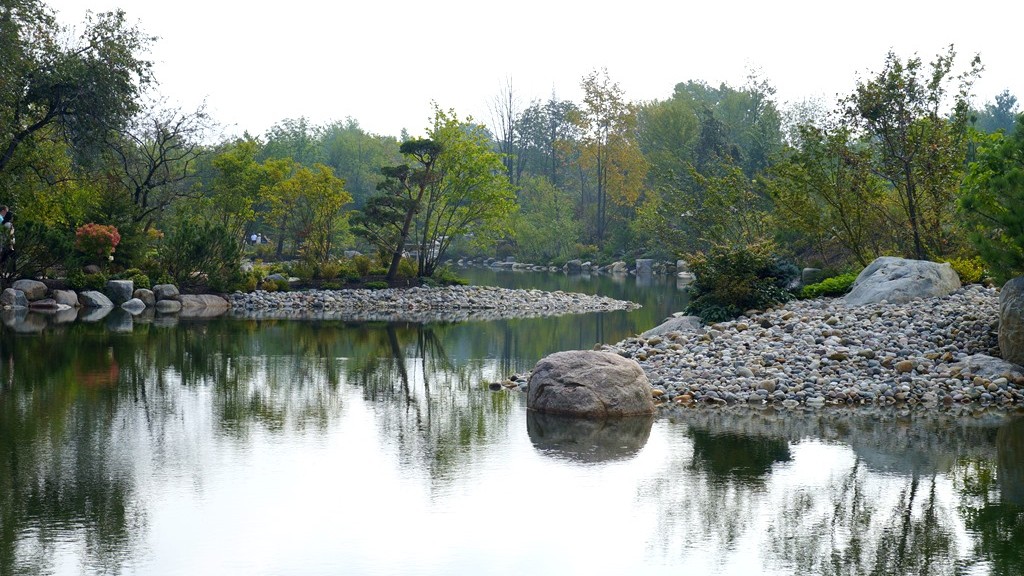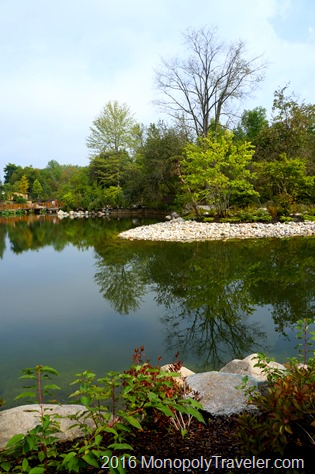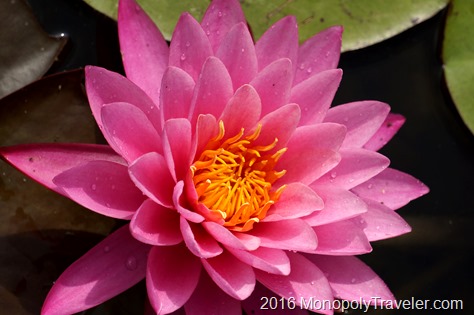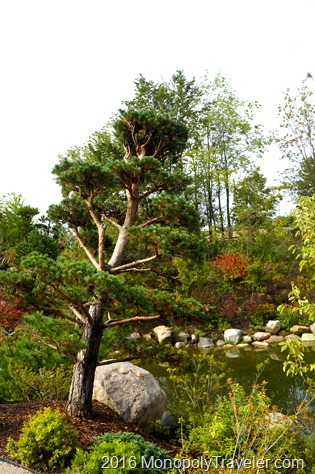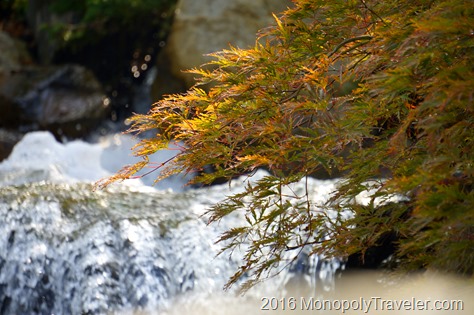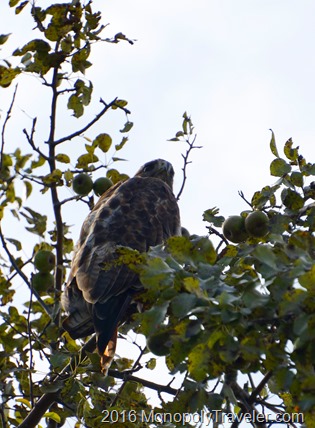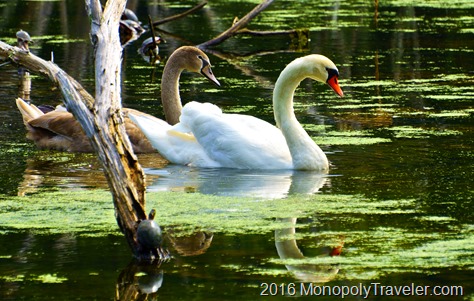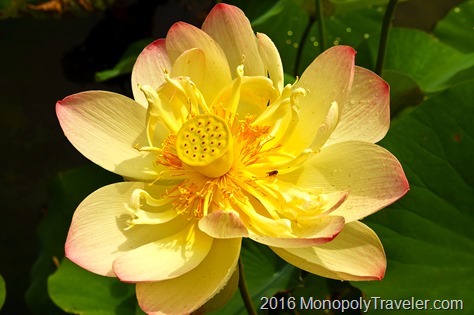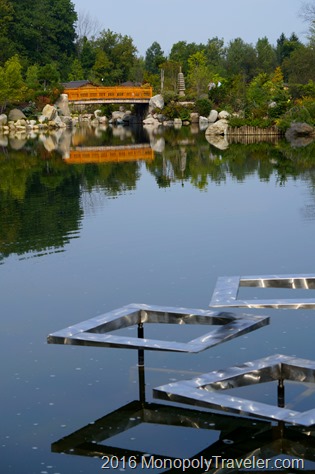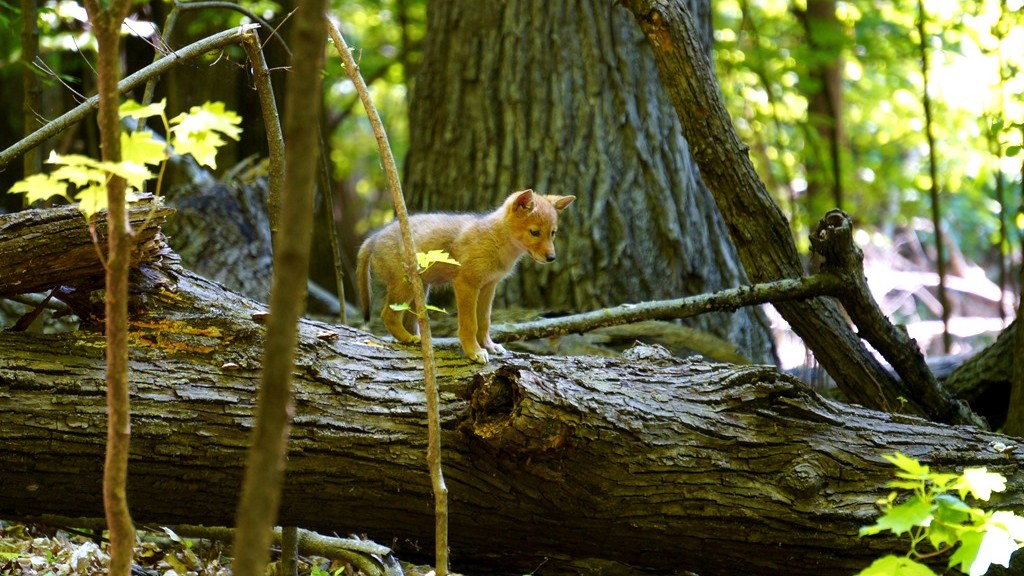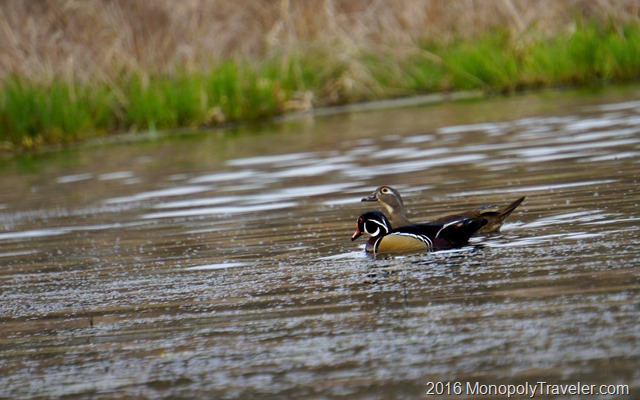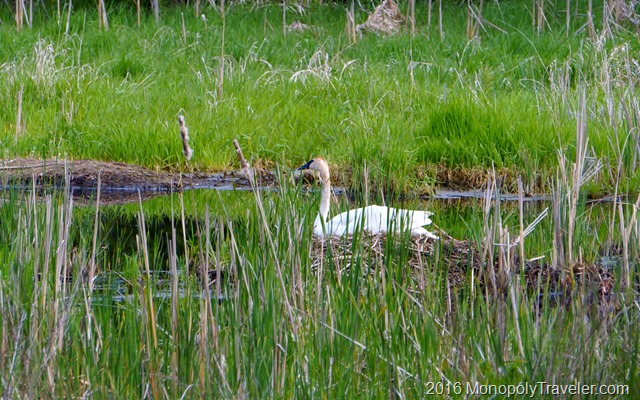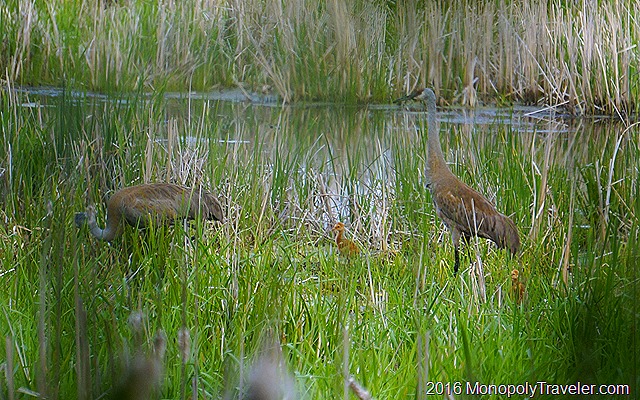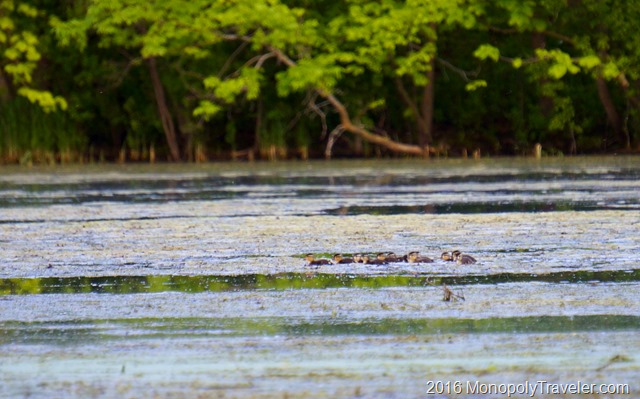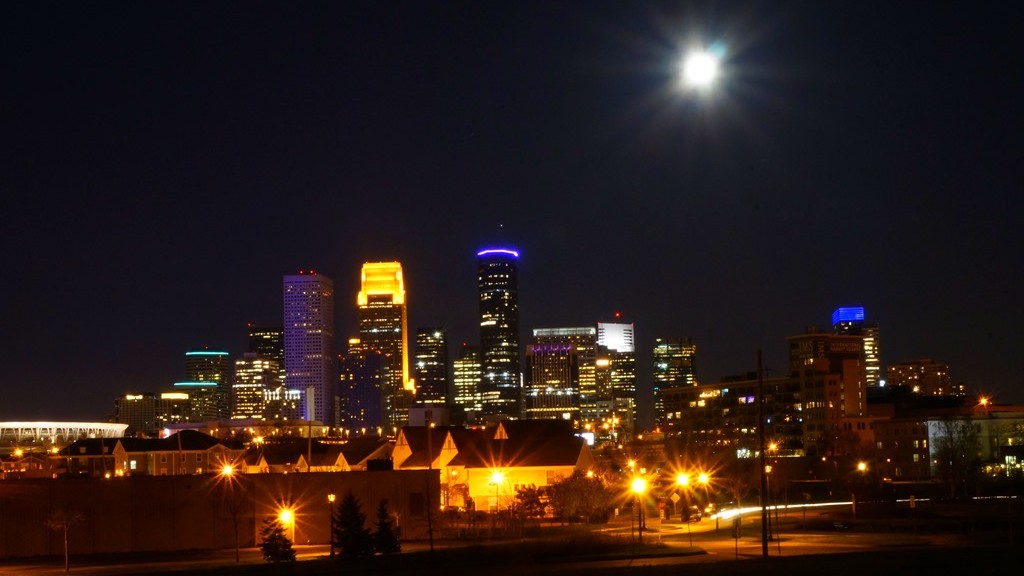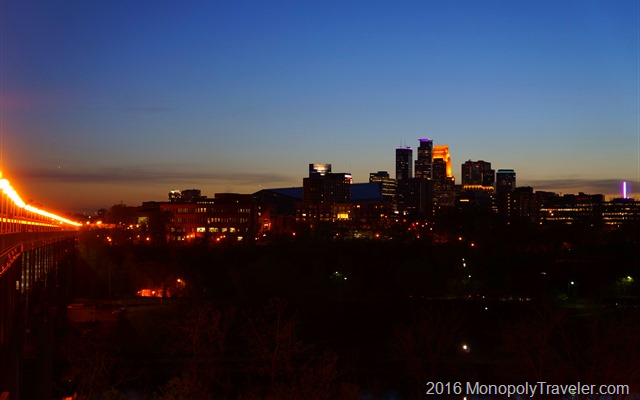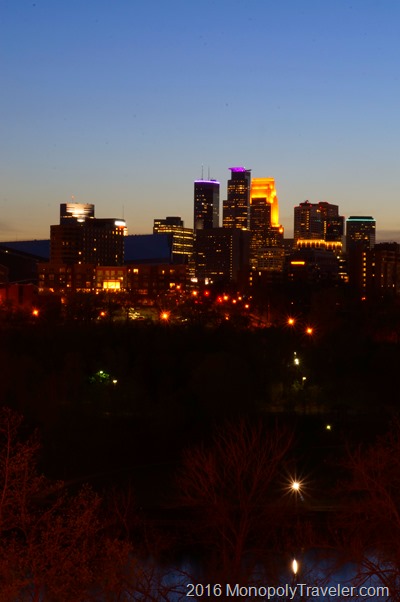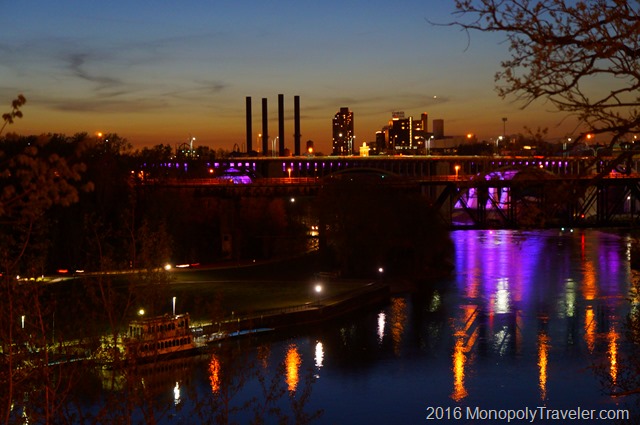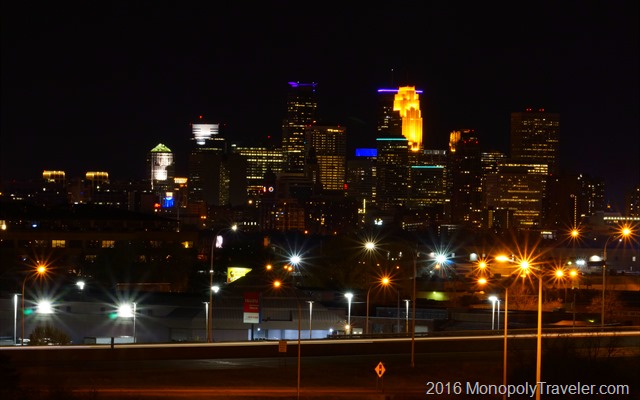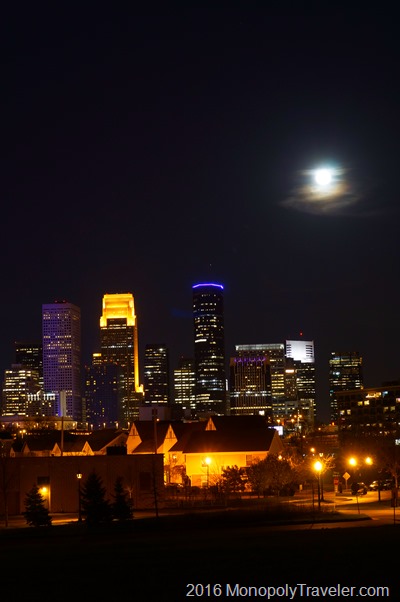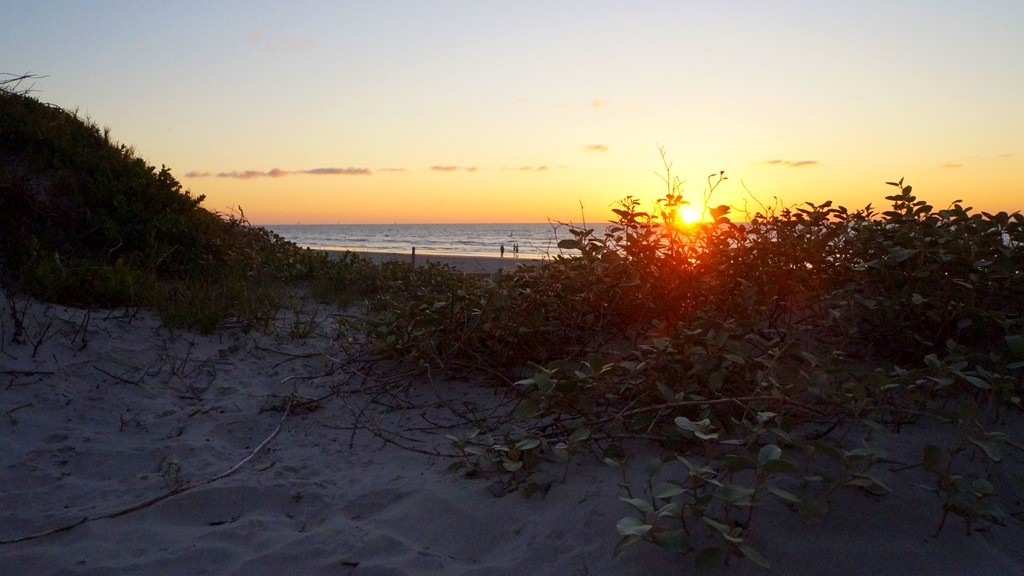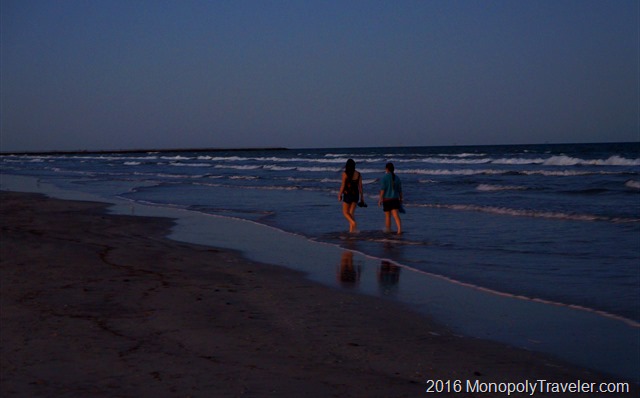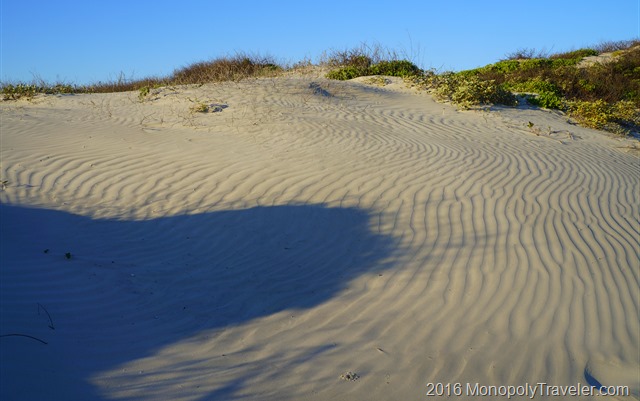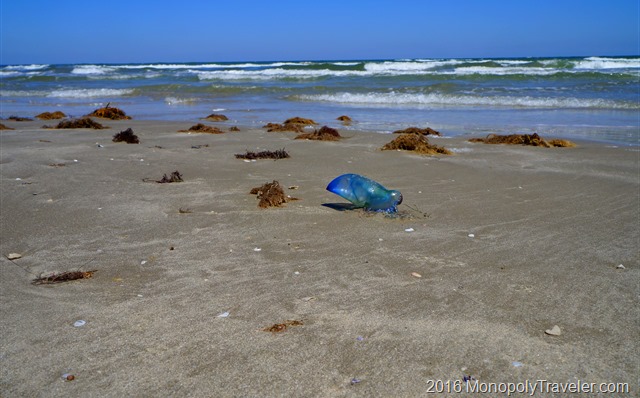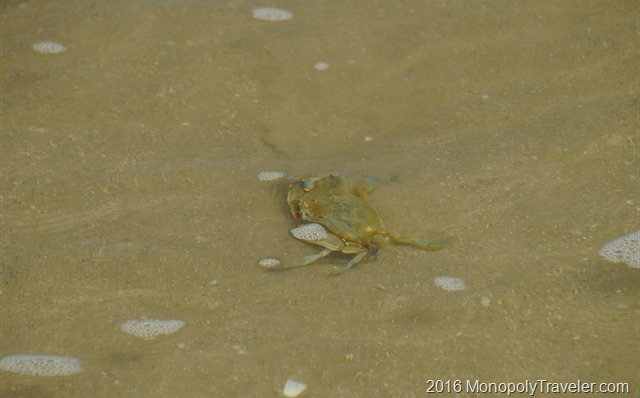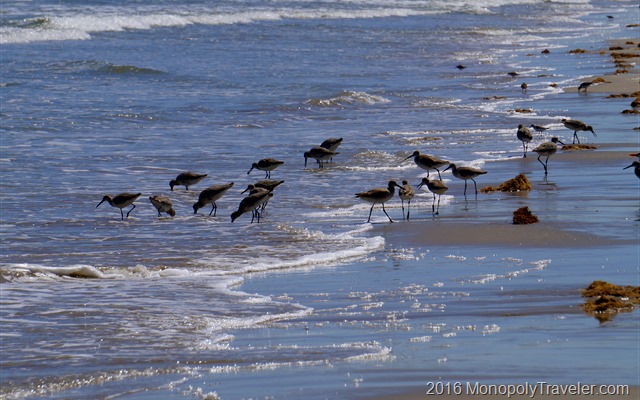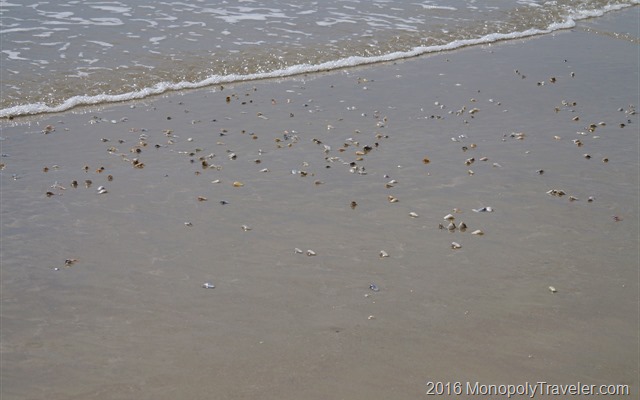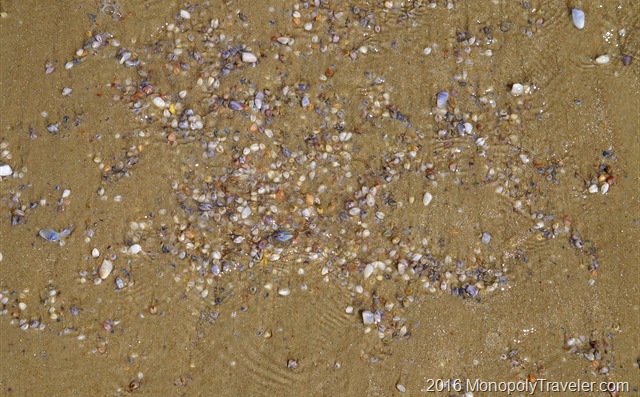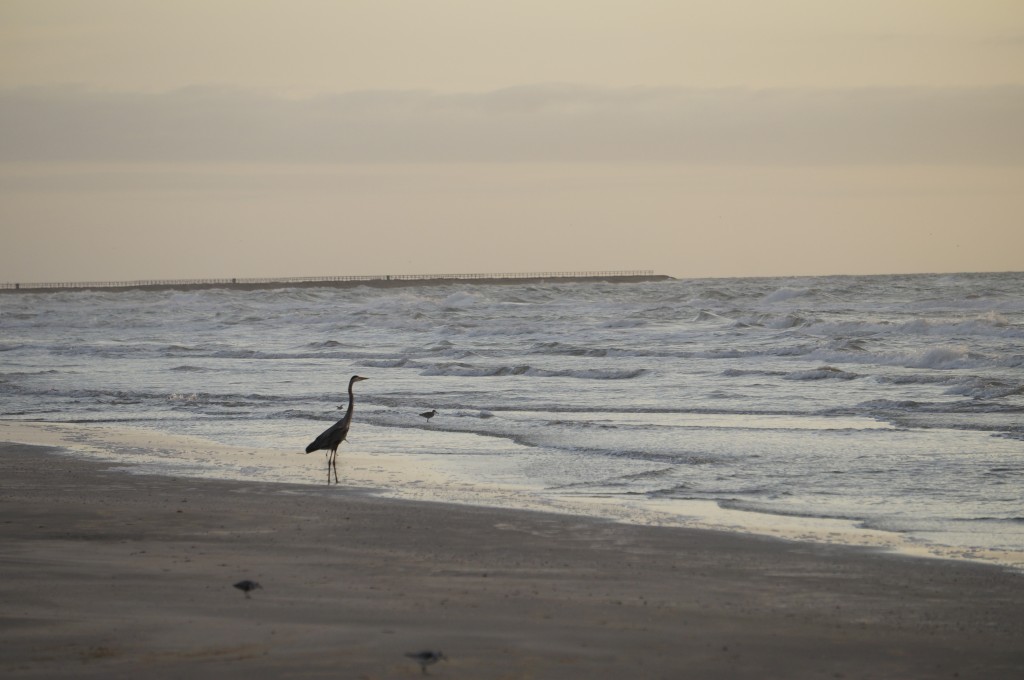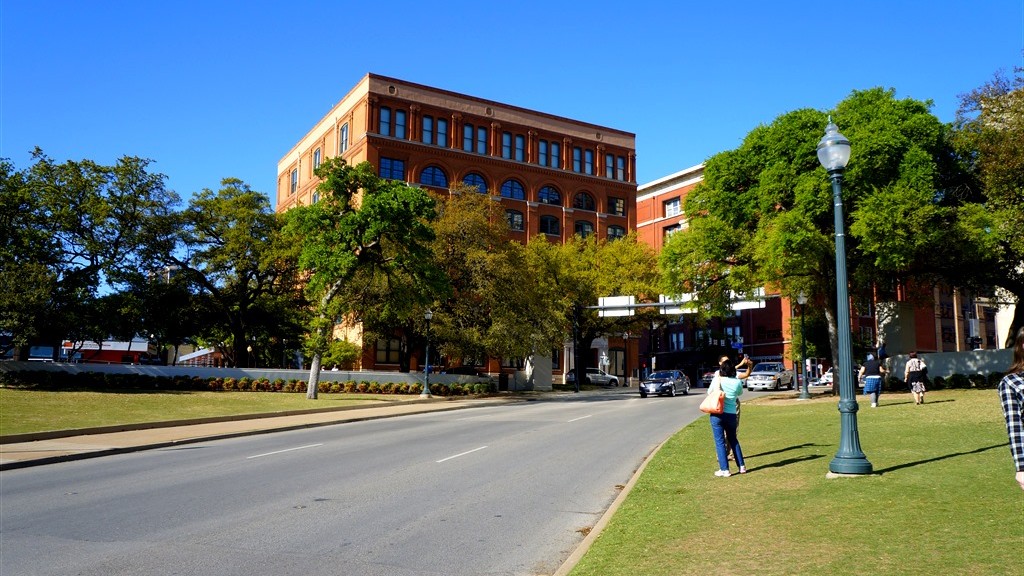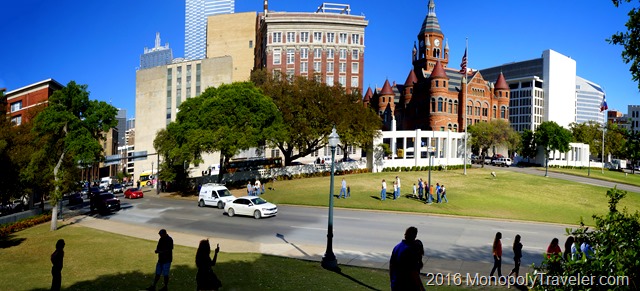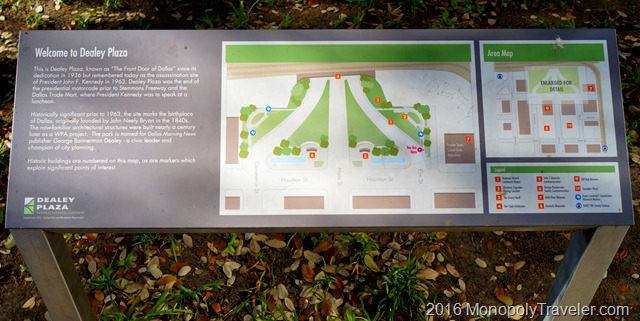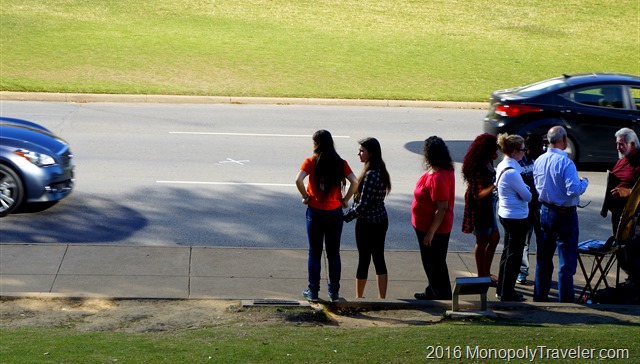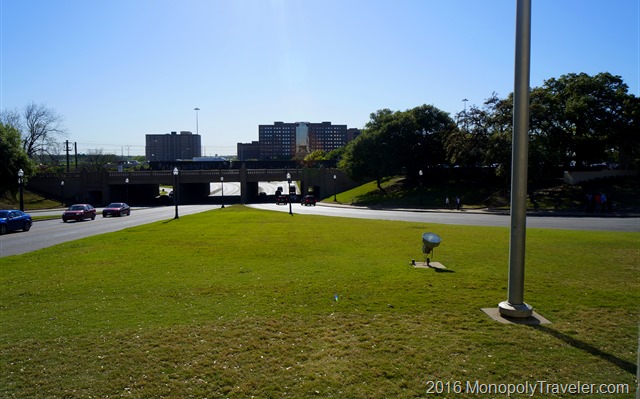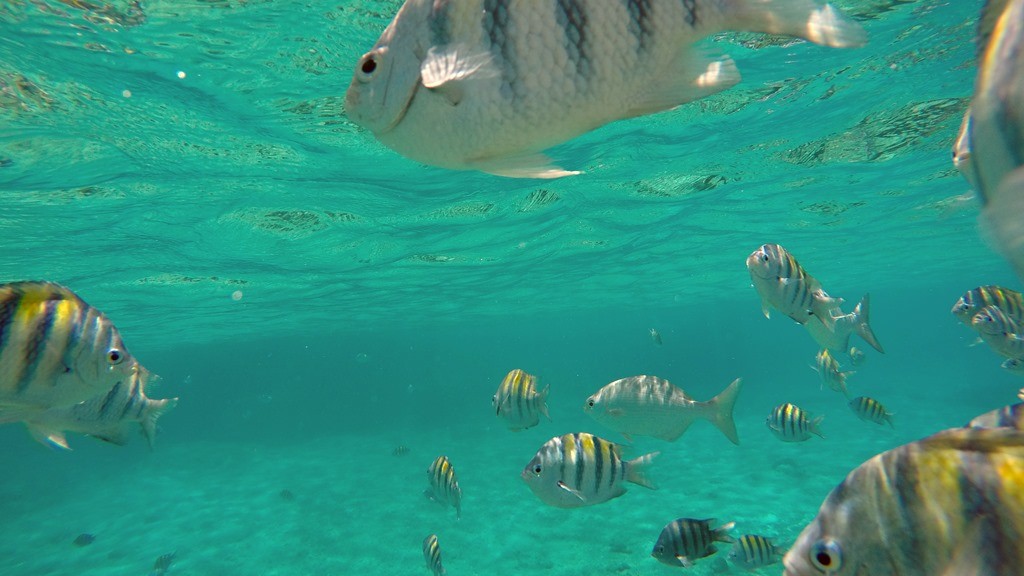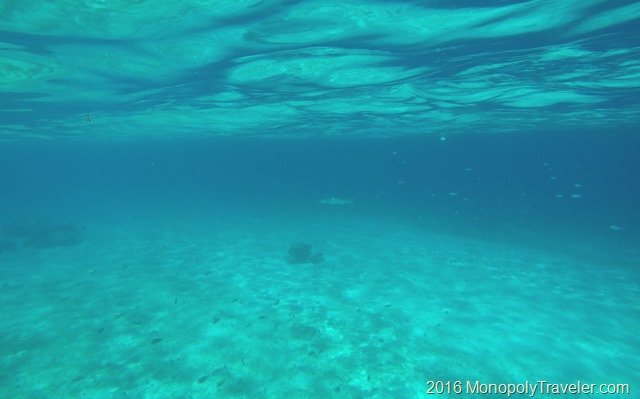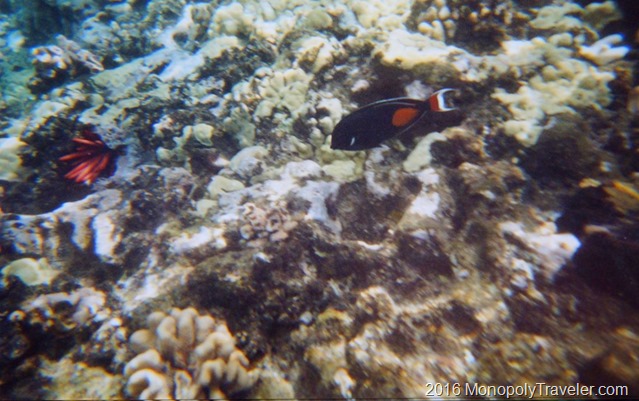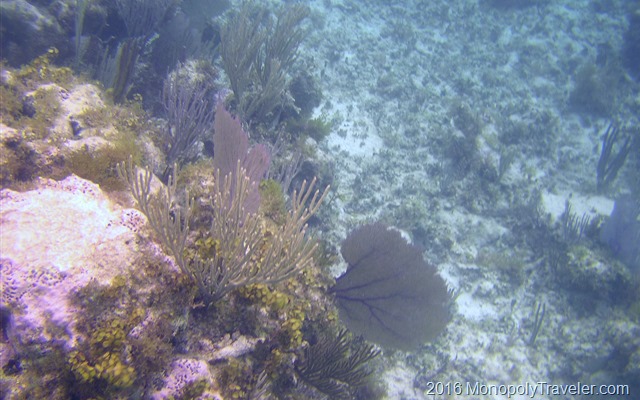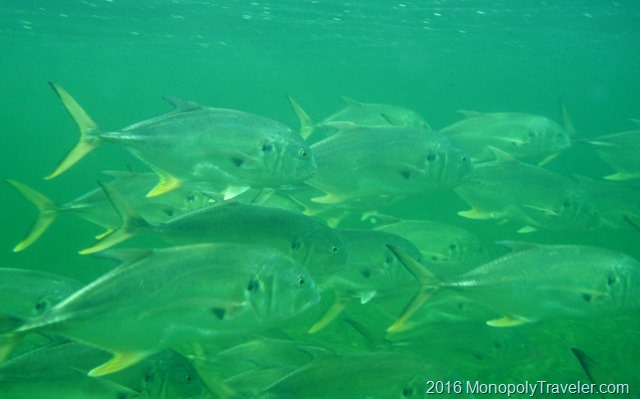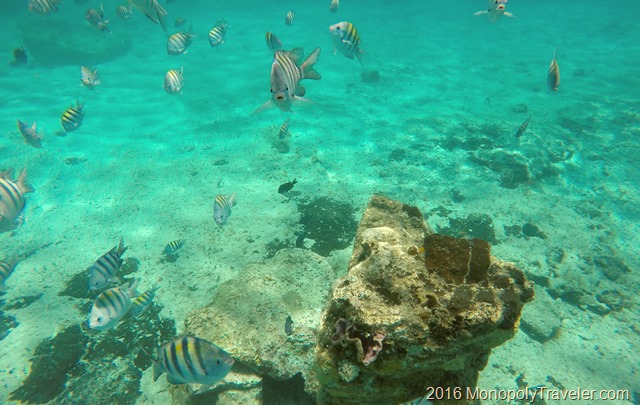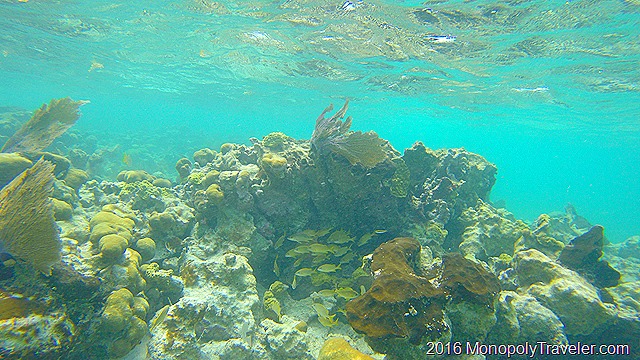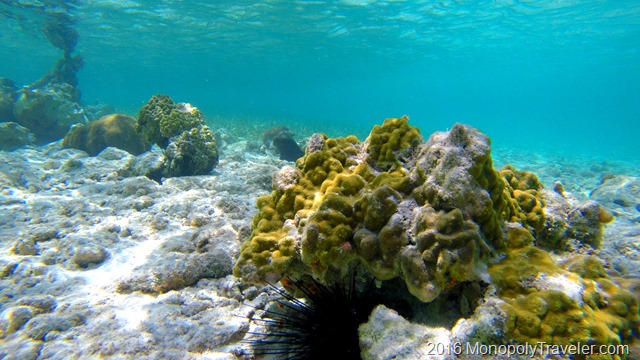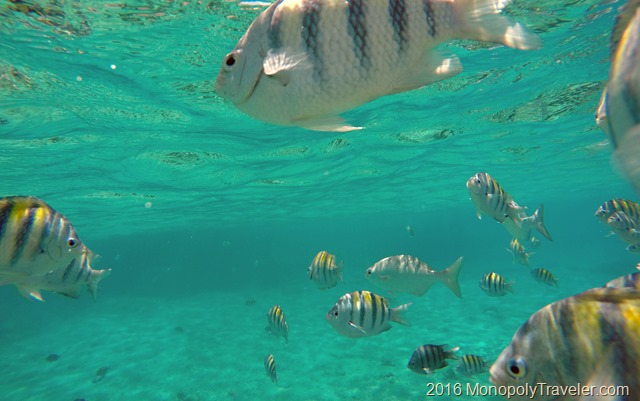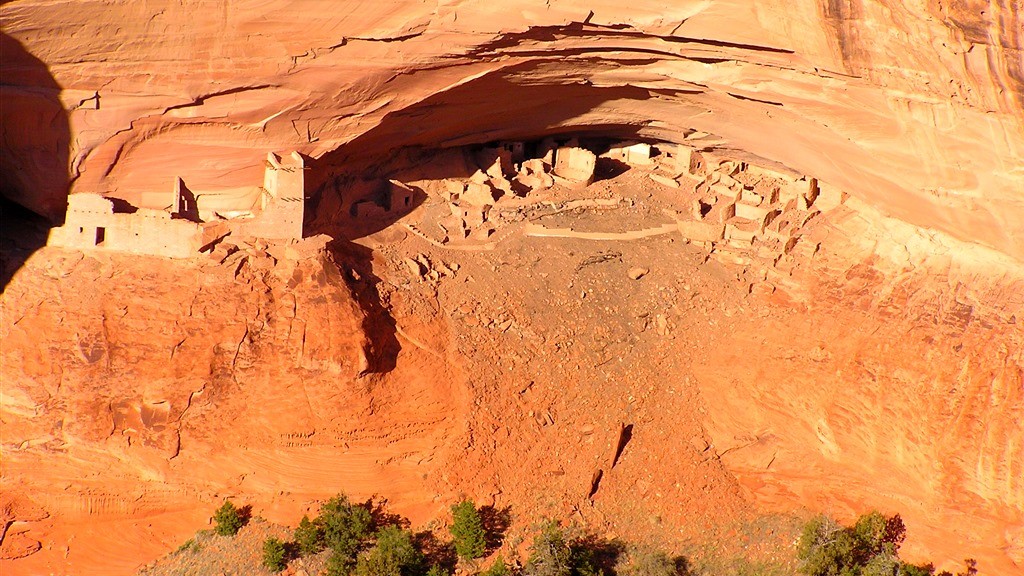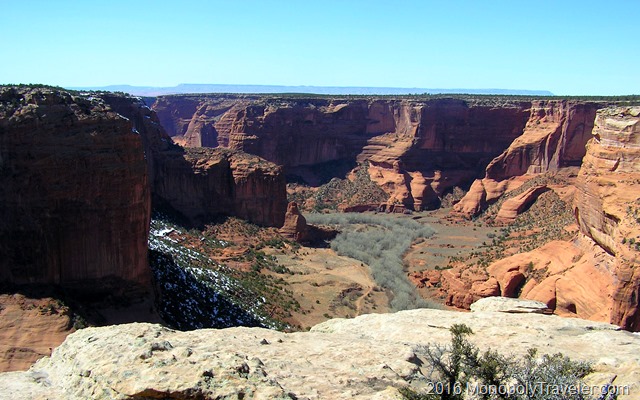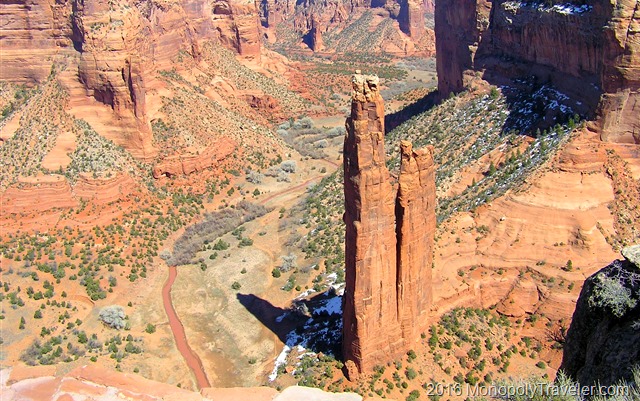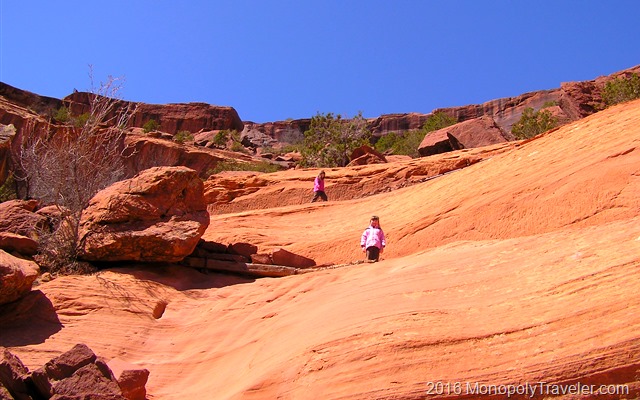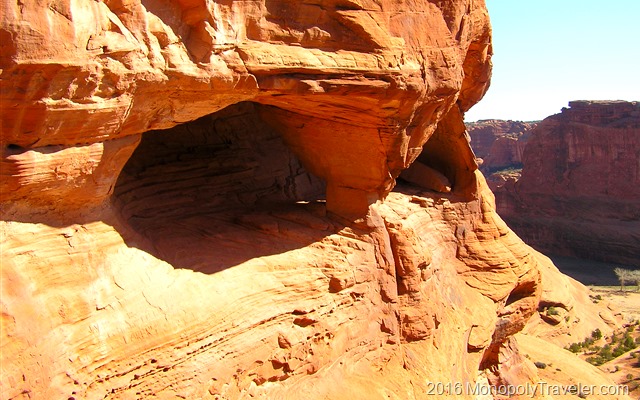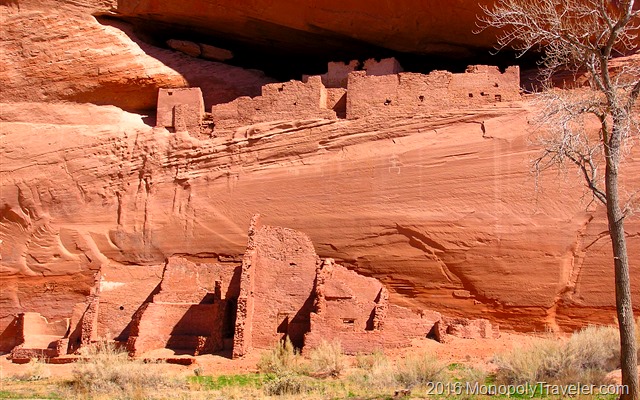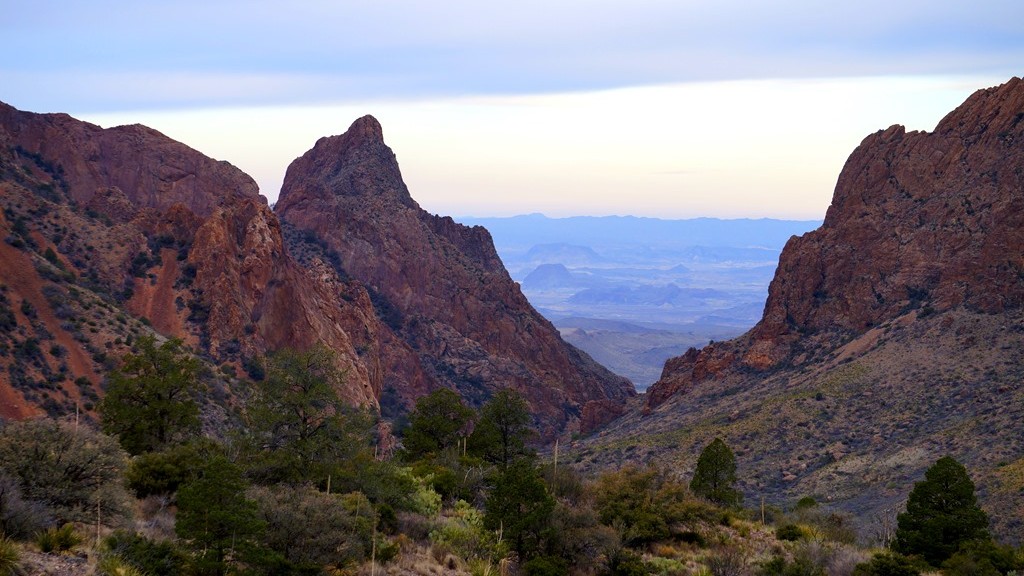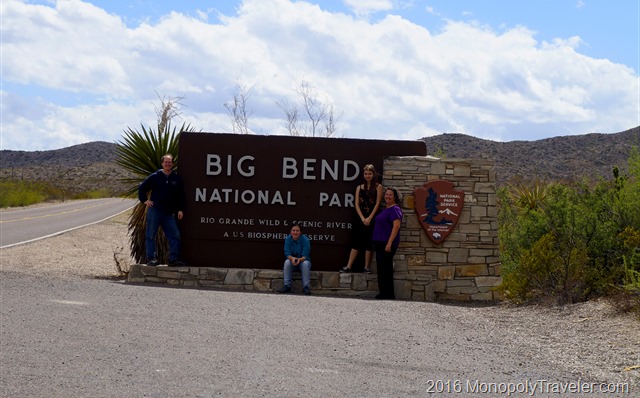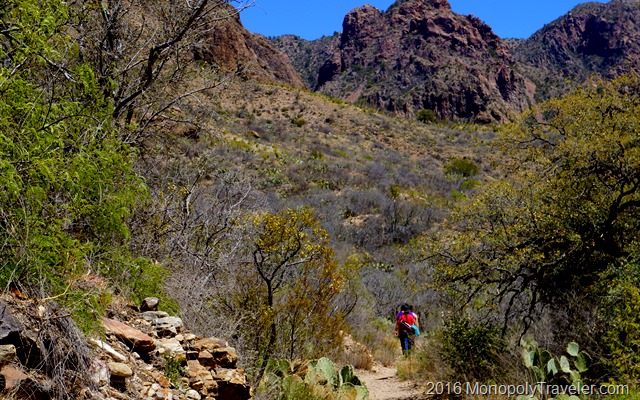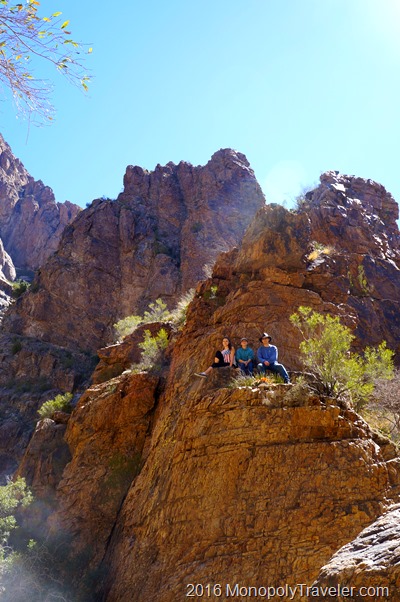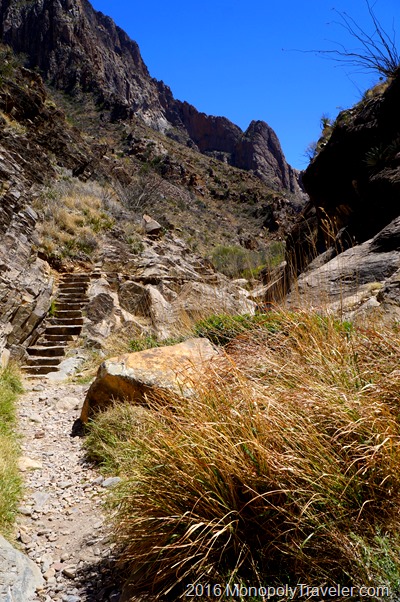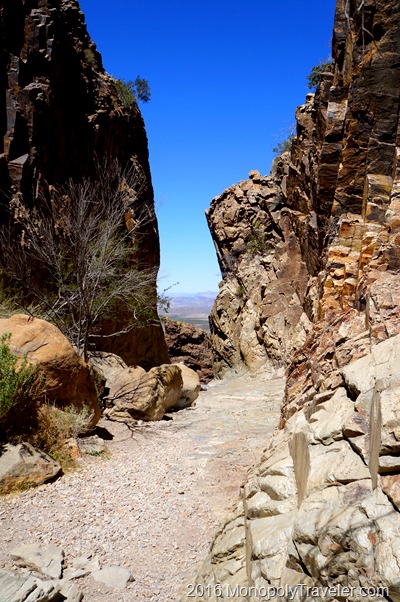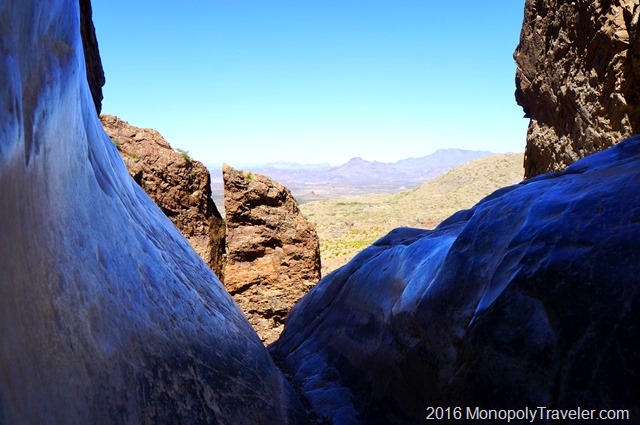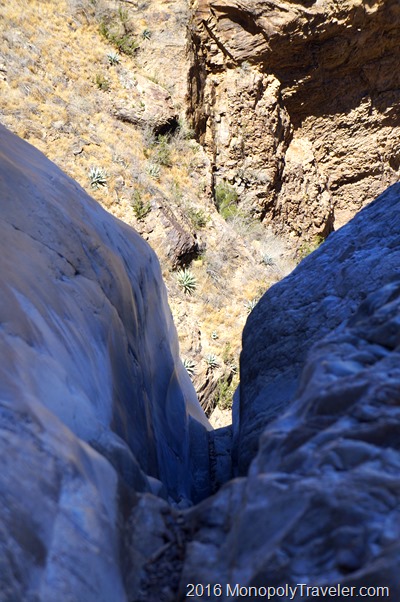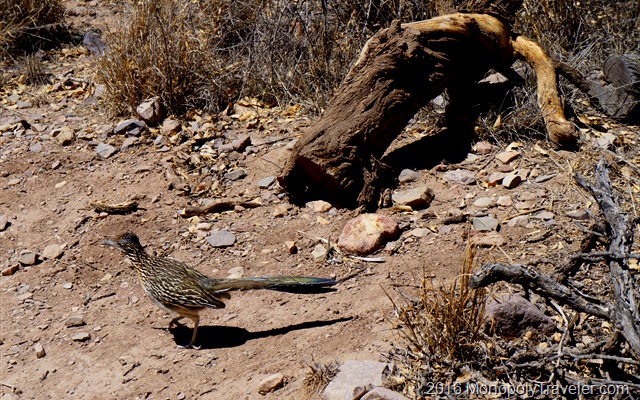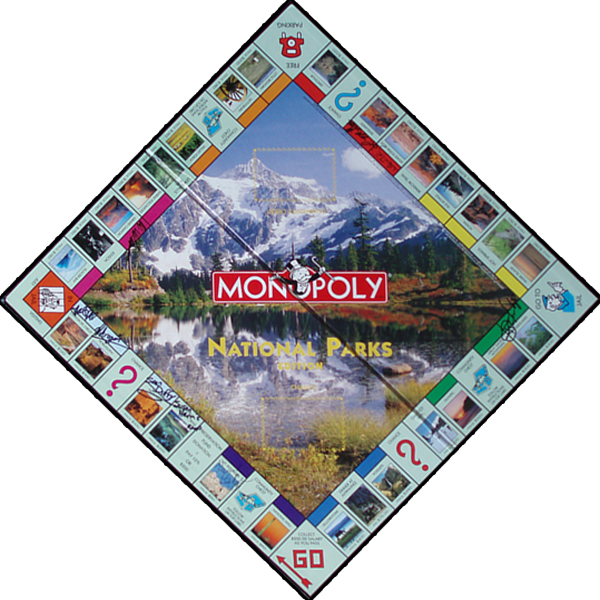After a long day on the road that started in Knoxville, Tennessee, we ade it to Shenandoah National Park in time to view a great sunset. The next day was for exploring the park. Driving along Blue Ridge Parkway we came upon a trailhead and stopped to see where the trail lead. It was Bearfence trail leading to Bearfence Overlook, a nice 1 mile hike to start out on.
There are two options to hike on Bearfence. First, you can take the Appalachian Trail for most of the way to the overlook and then cut up on Bearfence Trail to arrive at a beautiful mountain view or you can take Bearfence Trail most of the way climbing up and over sharp rocks for a good portion of the mile. Which one would you take? The rock scramble route it is.
The trail starts out on a portion of the Appalachian Trail but quickly begins climbing up into the mountainous rocks of Shenandoah. Some of these areas are fairly steep and go over sharp plates angled up towards the sky. Navigating through the trail requires following blue painted markers on the rocks which are fairly easy to find among the different boulders.
As we neared the top we took a few moments to enjoy the views around us before continuing to the Bearfence overlook. On this beautiful sunny morning we could see several valleys and hills covering miles from these gray colored boulders covered in multiple colors of lichens. The wind was blowing strong enough that we had to be a little careful in our steps otherwise we would be moved off of the trail and in the wrong spot that could result in slipping causing an injury.
Something that struck me as interesting was the pockets of water tucked amongst these massive rocks making up the mountain and the different types of plants growing out of the rocks. In a single grouping, such as the one in the photo above, you would have moss, ferns and sedum all protected in a crevice. Moss and ferns generally like moist conditions while sedum tend to thrive in dryer situations which is why these plants growing in the same spot seemed odd to me. Does that indicate the different conditions over a year that combine to create a harsh environment? Wet at times and dry in other times?
Continuing on the trail, we climbed up and around rocks and boulders as we explored all it had to offer forgetting the workout required to get to the top. It was just fun to experience the Appalachians in Shenandoah National Park in this manner. We were never sure where the end was or if we passed it so we just followed a trail and kept on hiking.
The end became very obvious because there was no more trail on top of a rock with drop offs on three sides. Once again the views were amazing as we looked out over the neighboring hills separated by meandering valleys and trees all around us typical of these mountains. After a short time we worked our way back to the car, off to explore other areas of this National Park.

